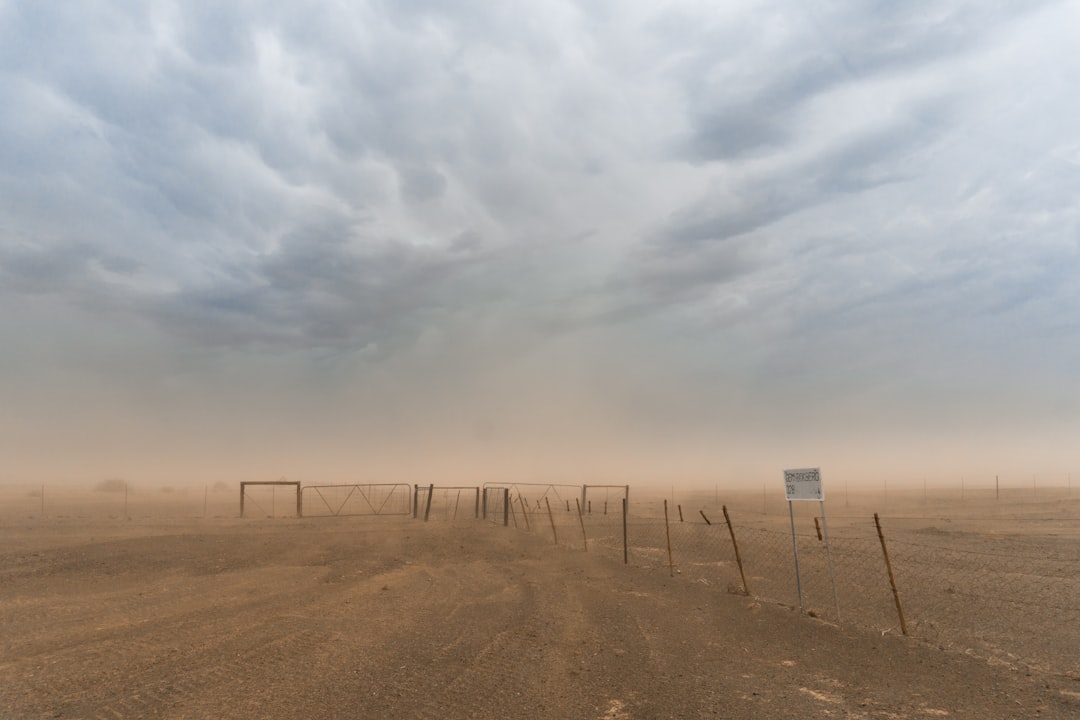What is it about?
The results of geomorphic experiments with uplift and rainfall erosion show how landforms reach a certain kind of steady state and keep the feature of surface topography for a long time. They also indicate the occurrence of convergence and divergence in landform development with a little difference in a controlling factor among numerous factors concerning the landform development.
Featured Image

Photo by Stefan on Unsplash
Why is it important?
The geomorphic experiments presented in the article, which required a long execution time, were conducted under the condition similar to the real or natural condition as much as possible, and possibly provided important ideas to interpret the development of evolution of real landforms. Convergence and divergence of landform development, and the threshold hillslope as the way to keep steady state landforms, confirmed in the experiments, are useful ideas to reasonably interpret the real landform development.
Perspectives
Cyclic occurrence of landslide concentration with a constant rate of uplift to keep steady state landforms observed in the experiments may provide useful ideas also for geologist/sedimentologists who try to interpret cyclic sedimentation recorded in sedimentary rock layers and sabo engineers who try to evaluate future risks of landslides.
Shunji OUCHI
Read the Original
This page is a summary of: Convergent development of experimental landforms with differing rainfall and substrate properties, Earth Surface Processes and Landforms, March 2021, Wiley,
DOI: 10.1002/esp.5092.
You can read the full text:
Resources
Contributors
The following have contributed to this page










